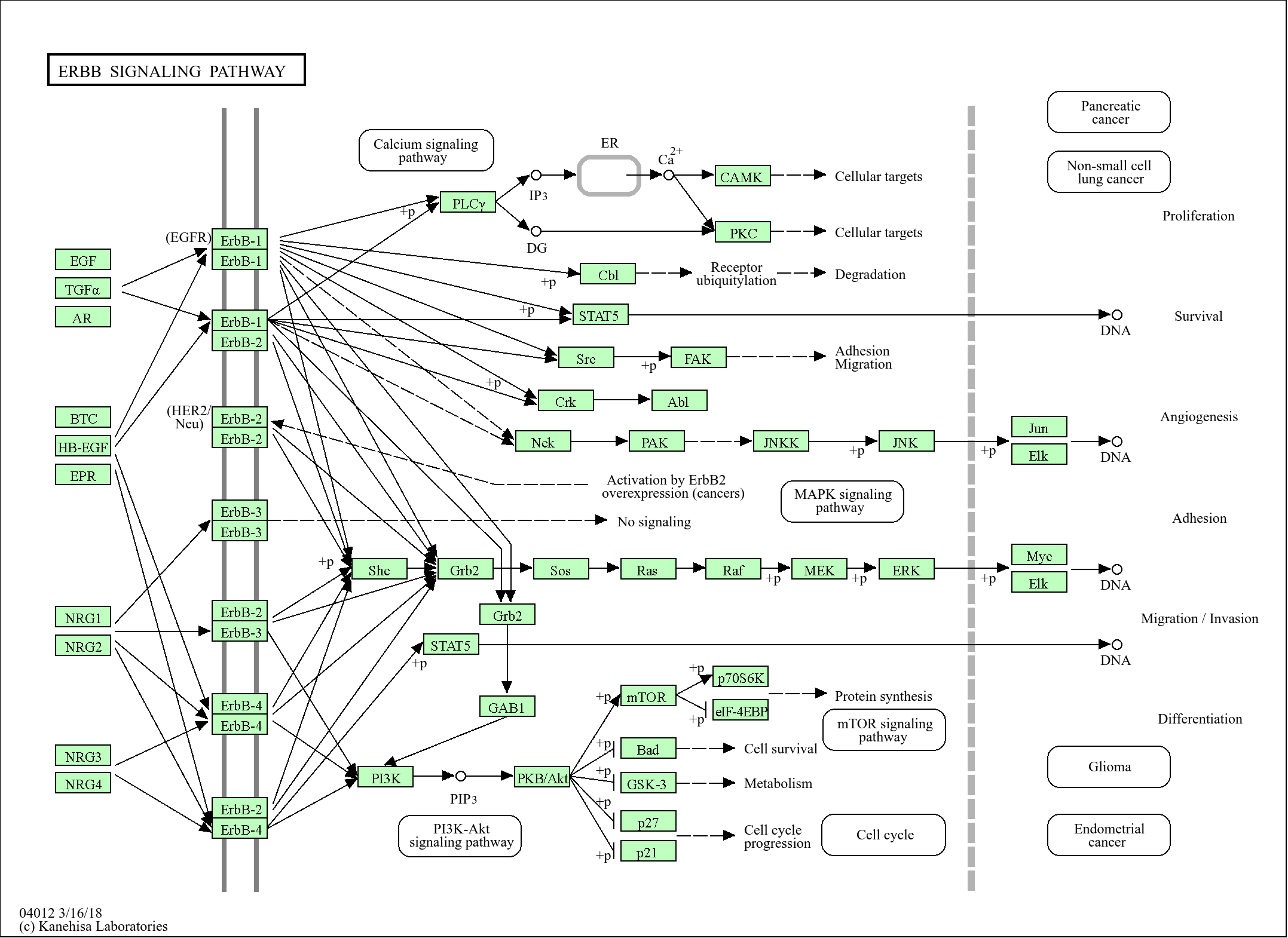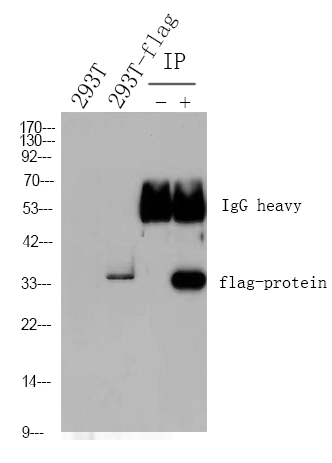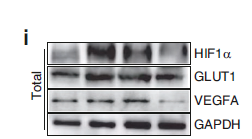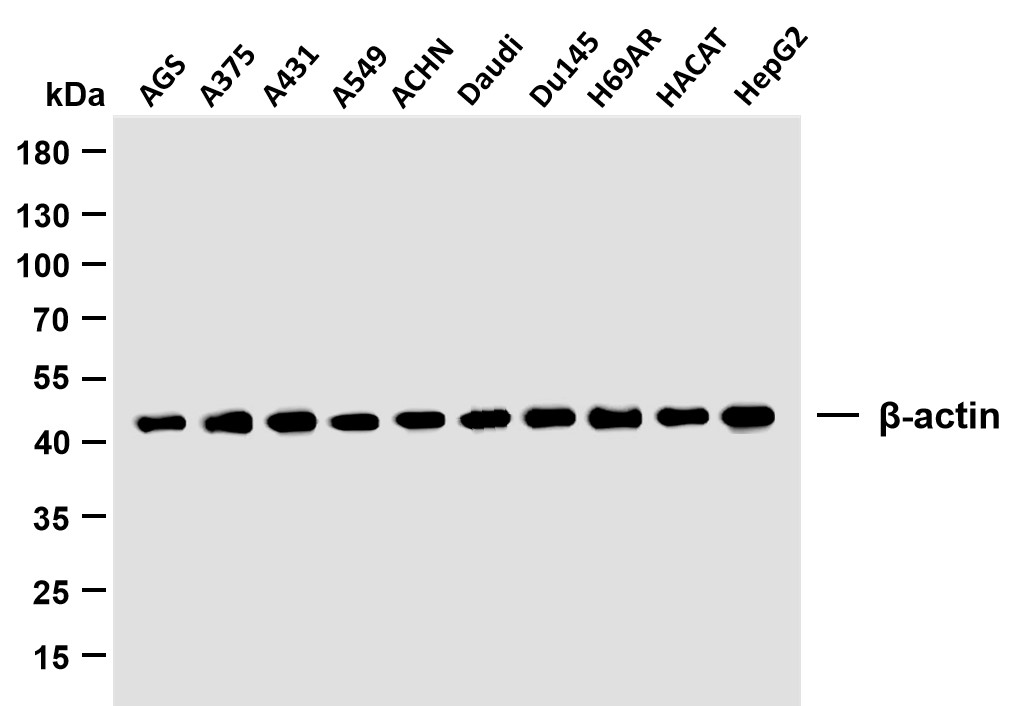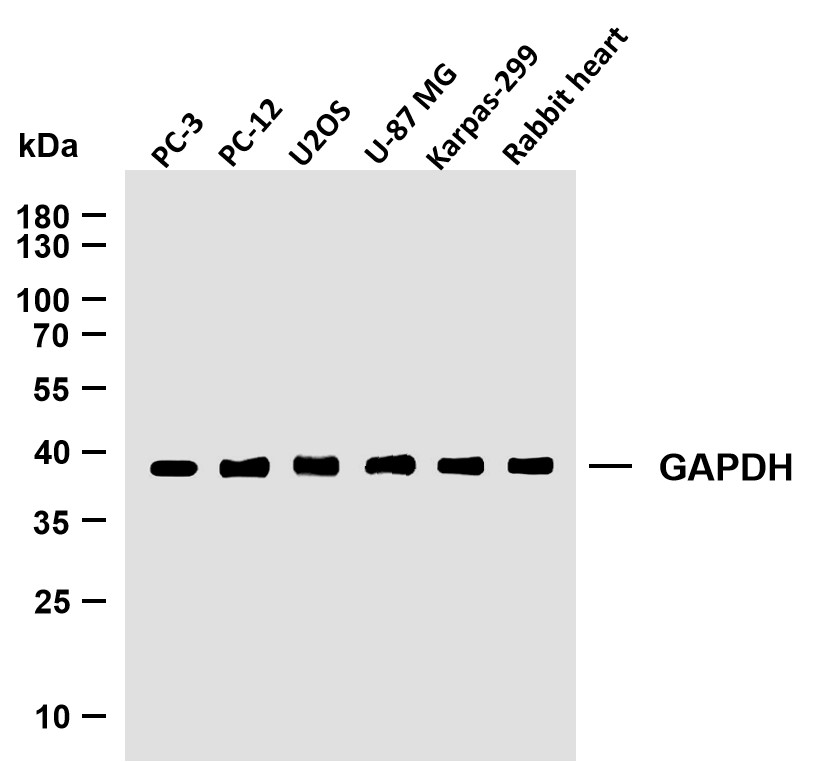
Catalog: YK0028
Size
Price
Status
Qty.
200μL
$600.00
In stock
0
100μL
$340.00
In stock
0
50μL
$190.00
In stock
0
Add to cart


Collected


Collect
Main Information
Target
EF-1 α1/2
Host Species
Rabbit
Reactivity
Human, Mouse, Rat
Applications
WB, ELISA
MW
50kD (Observed)
Conjugate/Modification
Acetyl
Detailed Information
Recommended Dilution Ratio
WB 1:500-1:2000; ELISA 1:20000; Not yet tested in other applications.
Formulation
Liquid in PBS containing 50% glycerol, 0.5% BSA and 0.02% sodium azide.
Specificity
Acetyl-EF-1 α1/2 (K41) Polyclonal Antibody detects endogenous levels of EF-1 α1/2 protein only when acetylated at K41.The name of modified sites may be influenced by many factors, such as species (the modified site was not originally found in human samples) and the change of protein sequence (the previous protein sequence is incomplete, and the protein sequence may be prolonged with the development of protein sequencing technology). When naming, we will use the "numbers" in historical reference to keep the sites consistent with the reports. The antibody binds to the following modification sequence (lowercase letters are modification sites):IEkFE
Purification
The antibody was affinity-purified from rabbit antiserum by affinity-chromatography using epitope-specific immunogen.
Storage
-15°C to -25°C/1 year(Do not lower than -25°C)
Concentration
1 mg/ml
MW(Observed)
50kD
Modification
Acetyl
Clonality
Polyclonal
Isotype
IgG
Related Products
Antigen&Target Information
Immunogen:
The antiserum was produced against synthesized Acetyl-peptide derived from human EEF1A around the Acetylation site of Lys41. AA range:1-50
show all
Specificity:
Acetyl-EF-1 α1/2 (K41) Polyclonal Antibody detects endogenous levels of EF-1 α1/2 protein only when acetylated at K41.The name of modified sites may be influenced by many factors, such as species (the modified site was not originally found in human samples) and the change of protein sequence (the previous protein sequence is incomplete, and the protein sequence may be prolonged with the development of protein sequencing technology). When naming, we will use the "numbers" in historical reference to keep the sites consistent with the reports. The antibody binds to the following modification sequence (lowercase letters are modification sites):IEkFE
show all
Gene Name:
EEF1A1/EEF1A2/EEF1A1P5
show all
Protein Name:
Elongation factor 1-alpha 1/Elongation factor 1-alpha 2/Putative elongation factor 1-alpha-like 3
show all
Other Name:
EEF1A1 ;
EEF1A ;
EF1A ;
LENG7 ;
Elongation factor 1-alpha 1 ;
EF-1-alpha-1 ;
Elongation factor Tu ;
EF-Tu ;
Eukaryotic elongation factor 1 A-1 ;
eEF1A-1 ;
Leukocyte receptor cluster member 7 ;
EEF1A2 ;
EEF1AL ;
STN ;
Elongation factor 1-alpha 2 ;
EF-1-alpha-2 ;
Eukaryotic elongation factor 1 A-2 ;
eEF1A-2 ;
Statin-S1 ;
EEF1A1P5 ;
EEF1AL3 ;
Putative elongation factor 1-alpha-like 3 ;
EF-1-alpha-like 3 ;
Eukaryotic elongation factor 1 A-like 3 ;
eEF1A-like 3 ;
Eukaryotic translation elongation factor 1 alpha-1 pseudogene 5
EEF1A ;
EF1A ;
LENG7 ;
Elongation factor 1-alpha 1 ;
EF-1-alpha-1 ;
Elongation factor Tu ;
EF-Tu ;
Eukaryotic elongation factor 1 A-1 ;
eEF1A-1 ;
Leukocyte receptor cluster member 7 ;
EEF1A2 ;
EEF1AL ;
STN ;
Elongation factor 1-alpha 2 ;
EF-1-alpha-2 ;
Eukaryotic elongation factor 1 A-2 ;
eEF1A-2 ;
Statin-S1 ;
EEF1A1P5 ;
EEF1AL3 ;
Putative elongation factor 1-alpha-like 3 ;
EF-1-alpha-like 3 ;
Eukaryotic elongation factor 1 A-like 3 ;
eEF1A-like 3 ;
Eukaryotic translation elongation factor 1 alpha-1 pseudogene 5
show all
Database Link:
Background:
This gene encodes an isoform of the alpha subunit of the elongation factor-1 complex, which is responsible for the enzymatic delivery of aminoacyl tRNAs to the ribosome. This isoform (alpha 1) is expressed in brain, placenta, lung, liver, kidney, and pancreas, and the other isoform (alpha 2) is expressed in brain, heart and skeletal muscle. This isoform is identified as an autoantigen in 66% of patients with Felty syndrome. This gene has been found to have multiple copies on many chromosomes, some of which, if not all, represent different pseudogenes. [provided by RefSeq, Jul 2008],
show all
Function:
Caution:Could be the product of a pseudogene.,Function:This protein promotes the GTP-dependent binding of aminoacyl-tRNA to the A-site of ribosomes during protein biosynthesis.,similarity:Belongs to the GTP-binding elongation factor family. EF-Tu/EF-1A subfamily.,subunit:Found in a nuclear export complex with XPO5, EEF1A1, Ran and aminoacylated tRNA. Interacts with XPO5. May interact with ERGIC2.,tissue specificity:Brain, placenta, lung, liver, kidney, pancreas but barely detectable in heart and skeletal muscle.,
show all
Cellular Localization:
Cytoplasm . Nucleus . Nucleus, nucleolus . Cell membrane . Colocalizes with DLC1 at actin-rich regions in the cell periphery (PubMed:19158340). Translocates together with ZPR1 from the cytoplasm to the nucleus and nucleolus after treatment with mitogens (PubMed:8650580). Localization at the cell membrane depends on EEF1A1 phosphorylation status and the presence of PPP1R16B (PubMed:26497934). .
show all
Tissue Expression:
Research Areas:
>>Nucleocytoplasmic transport ;
>>Legionellosis ;
>>Leishmaniasis
>>Legionellosis ;
>>Leishmaniasis
show all
Reference Citation({{totalcount}})
Catalog: YK0028
Size
Price
Status
Qty.
200μL
$600.00
In stock
0
100μL
$340.00
In stock
0
50μL
$190.00
In stock
0
Add to cart


Collected


Collect
Recently Viewed Products
Clear allPRODUCTS
CUSTOMIZED
ABOUT US
Toggle night Mode
{{pinfoXq.title || ''}}
Catalog: {{pinfoXq.catalog || ''}}
Filter:
All
{{item.name}}
{{pinfo.title}}
-{{pinfo.catalog}}
Main Information
Target
{{pinfo.target}}
Reactivity
{{pinfo.react}}
Applications
{{pinfo.applicat}}
Conjugate/Modification
{{pinfo.coupling}}/{{pinfo.modific}}
MW (kDa)
{{pinfo.mwcalc}}
Host Species
{{pinfo.hostspec}}
Isotype
{{pinfo.isotype}}
Product {{index}}/{{pcount}}
Prev
Next
{{pvTitle}}
Scroll wheel zooms the picture
{{pvDescr}}

